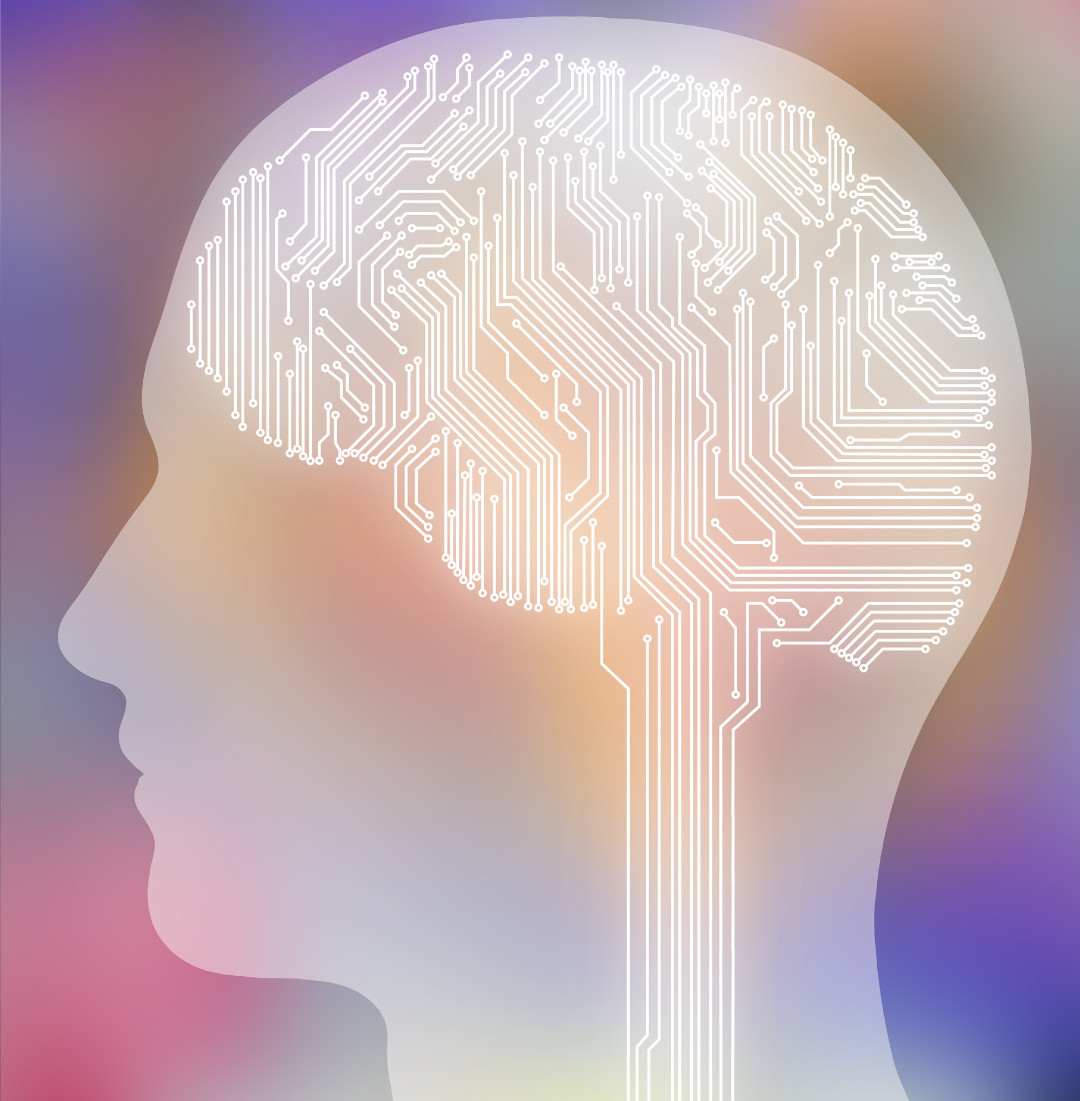
December is a month of striking contrasts—festive celebrations on the surface and hidden stressors beneath that place a real burden on the nervous system. Behind the lights, gatherings, and holiday expectations lies a measurable neurobiological shift known as the December Integration Cycle. During this time, key brain networks work overtime: the Default Mode Network increases reflection and emotional sensitivity, the Prefrontal Cortex becomes overloaded by holiday demands and year-end responsibilities, and the Limbic System processes unresolved emotions and micro-grief. Shorter daylight further disrupts serotonin and circadian rhythms, intensifying fatigue, anxiety, and introspection.
Understanding these seasonal brain changes is the first step toward reducing December stress, supporting emotional regulation, and entering the new year with clarity and balance. With gentle, science-backed strategies, you can navigate holiday overwhelm, protect your mental health, and work with your nervous system—not against it. This guide reveals how to move through December’s unique biological rhythms with greater resilience, self-compassion, and insight.

Bringing a new dog or cat into your home is exciting, but for the animal, the sudden change can trigger stress, confusion, and sensory overload. Pet decompression is a science-backed process that helps newly adopted pets safely adjust by giving their nervous system time to shift from hyper-alertness into calm, grounded curiosity. By creating a predictable environment, offering a secure resting space, and slowly introducing new people and routines, you reduce overwhelm and support healthy emotional regulation. Understanding how the canine and feline nervous system responds to change empowers you to ease anxiety, build trust, and prevent common behavior issues during the adoption transition.
Whether you’re bringing home a rescue dog, a shelter cat, or a rehomed pet, decompression helps turn those uncertain first days into the foundation of a confident, connected bond. Explore how this gentle, structured approach creates a smoother, more stable start for both you and your new companion.
Read more...Whether you’re bringing home a rescue dog, a shelter cat, or a rehomed pet, decompression helps turn those uncertain first days into the foundation of a confident, connected bond. Explore how this gentle, structured approach creates a smoother, more stable start for both you and your new companion.

Unveil the science behind fear and discover how your brain’s instinctive fight-or-flight response can be repurposed to calm modern-day stress. Follow the journey from the amygdala’s alarm to the surge of adrenaline, cortisol, and dopamine that heightens focus and tension. In today’s world, these ancient mechanisms activate for everyday stressors—an overflowing inbox, a looming deadline, or a medical test. Learn how mindfulness and reframing engage the prefrontal cortex, restoring calm and balance. Turn fear from a hindrance into a tool for personal growth and emotional resilience. Ready to master your hidden neuroscience of stress and reclaim your inner peace? Dive in and transform your response today.
Read more...
Unravel the science behind those moments that linger long after they pass. When emotion strikes, dopamine marks the memory as significant, embedding it deep within the brain. Mirror neurons let us feel what others feel, building connection and empathy. As the amygdala quiets and the prefrontal cortex awakens, we shift from survival to meaningful reflection. Meanwhile, the hippocampus strengthens these memories through reconsolidation, integrating new truths into our mental landscape.
These echoes aren’t fleeting—they’re how inspiration becomes wiring. Each reflection gives your brain space to evolve, one meaningful moment at a time.

The animal stress cycle begins with the fight-or-flight response, flooding the body with stress hormones that can lead to ongoing anxiety and behavioral issues in pets. The endocannabinoid system (ECS), through its CB1 and CB2 receptors, plays a key role in restoring balance by regulating stress signals, calming inflammation, and supporting emotional recovery. Understanding how the ECS interrupts this cycle helps pet parents recognize the science behind natural stress relief and why maintaining ECS health is vital for long-term well-being
Read more...






